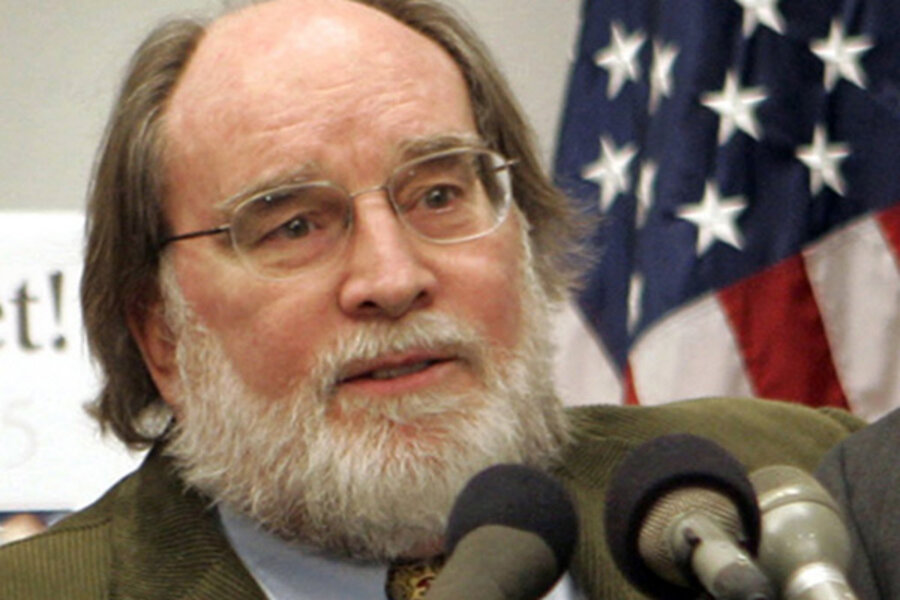Clean energy major issue in Hawaii gubernatorial race
Loading...
| Honolulu
Hawaii is the nation's most fossil-fuel dependent state, a fact its candidates for governor intend to change.
Republican James "Duke" Aiona's has set a bold and ambitious goal for Hawaii to cut its consumption of foreign oil in half within eight years. Democrat Neil Abercrombie's plan calls for a new agency to oversee the state's energy initiatives.
Both insist that their proposals are within the realm of possibility, but both would be challenging to achieve. Aiona's aggressive target is somewhat out of his control, and it's unclear how much of Abercrombie's suggested structural change is somewhat out of his control, and it's unclear how much of Abercrombie's suggested structural change would hasten conversion to renewable energy sources.
Aiona, the state's lieutenant governor, insists his proposal is a realistic way for the state to move from importing 53 million barrels of oil annually to 26 million barrels.
"I wouldn't put a plan out there if I didn't think it was pragmatic and achievable," Aiona said in an interview. "We can get there, and we should get there as soon as possible."
To make it happen, Aiona is largely relying on the construction of a proposed $1 billion undersea cable that would bring wind power from future neighbor island wind farms to power-hungry Oahu.
The cable can't be built until an environmental impact statement is completed in 2012, and then it could be completed by 2014 if everything goes smoothly, Aiona said.
Abercrombie's idea would bring the state's disjointed renewable energy efforts under one roof instead of being handled separately by the Public Utilities Commission and the state Energy Office.
"A Hawaii Energy Authority that is independent from the utility and from political considerations is what Hawaii needs to move us quicker to a clean energy future," Abercrombie said in a statement.
Hawaii gets nearly 90 percent of its energy from foreign oil, but that has already begun to change under a state law that calls for the islands to gather 70 percent of its power from clean sources by 2030 — 40 percent from renewables and 30 percent from efficiency improvements.
Both candidates said they would seek additional funding to support the existing plan.
"They're both making it a priority," said Jeff Mikulina, executive director for the Blue Planet Foundation, which supports renewable energy initiatives. "What's frustrating is that both candidates are forced to criticize the other person's ideas."
Abercrombie attacked Aiona's proposal as being just a goal without a plan to reach it.
Aiona claimed his rival's idea is bad policy because it could take years to create a new government agency, possibly slowing down existing efforts.
Under Aiona's effort to accelerate clean energy sources, electric vehicle use would jump, wind and solar production would increase and home electricity use would shrink. He's aiming for the state to get 38 percent of its fuel from renewables by 2018 — the last year he'd be in office if elected to two terms.
House Energy Committee Chairwoman Hermina Morita said both candidates' energy goals have merit but face serious hurdles.
She called any plan calling for faster adoption of renewables than the state's current path "overly optimistic," and she said a new energy authority would have to be implemented slowly, if at all, to prevent distracting from existing efforts.
"We have to keep our eye on the ball in looking at staffing and resources to continue our momentum," said Morita, D-Hanalei-Kapaa.





